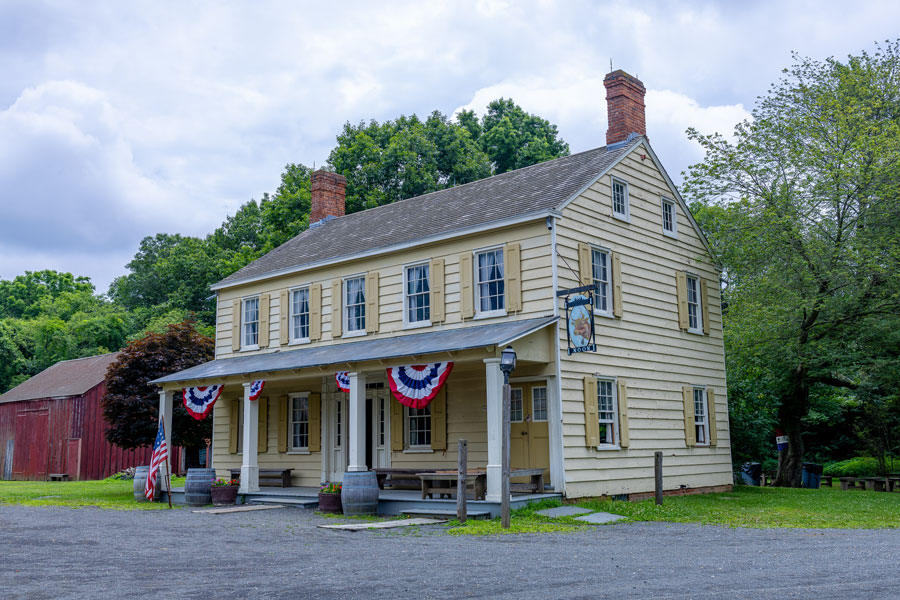Colonial Era & Revolutionary War

During the Colonial Era and Revolutionary War, Long Island was at the center of dramatic changes that shaped both New York and the emerging United States. From the earliest English settlements in the 1600s to the battles and espionage of the 1700s, Long Island played a vital role in America’s struggle for independence. Its harbors, farms, and strategic location made it a contested region, with stories of occupation, loyalty, and resistance still remembered today.
Early Colonial Settlements
- Southold (1640): One of the first English settlements on Long Island, founded by Puritans from Massachusetts.
- Southampton (1640): Established the same year, it remains one of the oldest English towns in New York.
- Huntington, Brookhaven, and East Hampton: Grew as agricultural and trading communities, benefiting from fertile soil and access to Long Island Sound.
- Oyster Bay & Hempstead: Important colonial villages that later played roles in trade and Revolutionary activity.
These early settlements laid the foundation for Long Island’s identity as a farming, fishing, and trading hub.
The Revolutionary War on Long Island
The Battle of Long Island (1776)
- Also known as the Battle of Brooklyn, it was the first major battle after the signing of the Declaration of Independence.
- Though fought mainly in Brooklyn, the outcome had ripple effects across all of Long Island.
- George Washington’s troops were forced into retreat, and the British secured New York City and Long Island as strongholds for much of the war.
British Occupation
- From 1776 until the end of the war in 1783, Long Island remained under British control.
- Farmers were forced to supply troops, and homes were often requisitioned by British officers.
- Many residents lived under hardship, caught between loyalties to the Crown and the Patriot cause.
The Culper Spy Ring
- Perhaps the most famous Revolutionary War story tied to Long Island.
- Organized by George Washington and led locally by Abraham Woodhull (code name “Samuel Culper Sr.”) of Setauket and Robert Townsend (“Culper Jr.”) of Oyster Bay.
- Operated out of Setauket, collecting intelligence on British troop movements in New York City.
- Information passed through couriers like Anna Strong, who famously used a clothesline code to signal safe passage.
- This spy network played a decisive role in providing Washington with critical information, helping secure American victory.
Legacy of the Colonial & Revolutionary Era
- Historic Sites: Visitors can explore Setauket, Huntington, and Oyster Bay, where colonial homes and landmarks remain preserved.
- Reenactments & Tours: Annual Revolutionary War reenactments and historical society tours bring the past to life.
- Place Names: Many towns, roads, and landmarks still bear names from the Colonial period, connecting modern life to Long Island’s earliest settlers.
Quick Snapshot
| Event/Aspect | Details |
|---|---|
| First Settlements | Southold & Southampton (1640) |
| Major Battle | Battle of Long Island (1776) |
| British Occupation | 1776–1783 |
| Spy Ring | Culper Spy Ring, based in Setauket |
| Historic Towns Today | Oyster Bay, Huntington, Brookhaven, Setauket |
The Colonial Era and Revolutionary War left a permanent imprint on Long Island. From its earliest English settlements to its role as a contested battleground and center for espionage, Long Island was a vital part of America’s path to independence. Today, its historic towns, preserved sites, and Revolutionary War legends continue to remind visitors of the island’s importance in shaping the nation.

